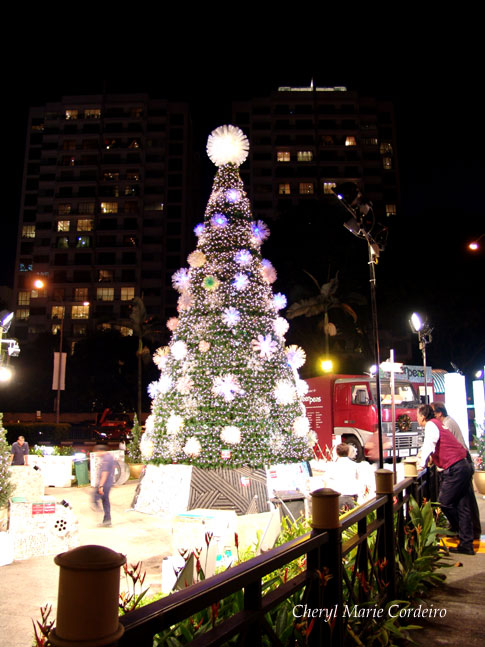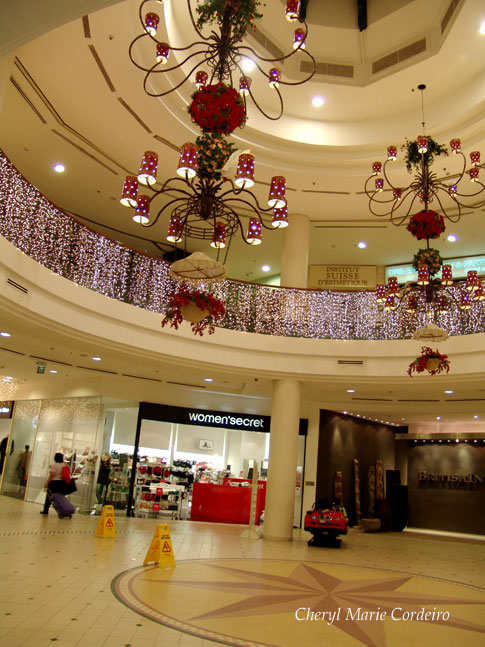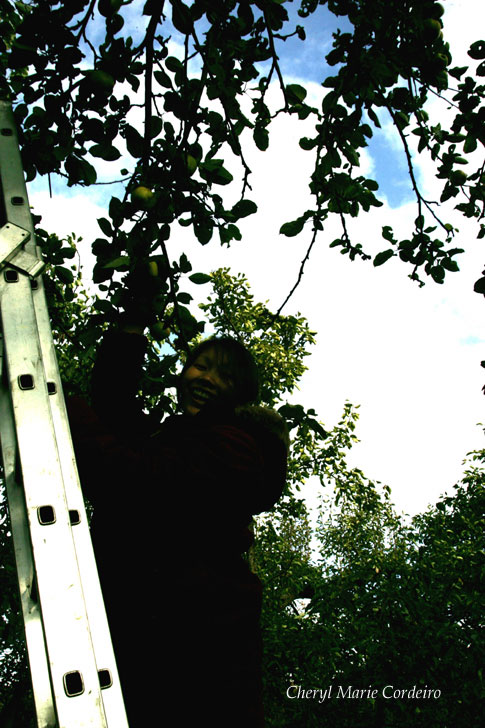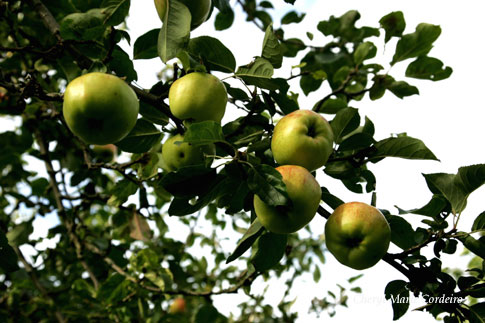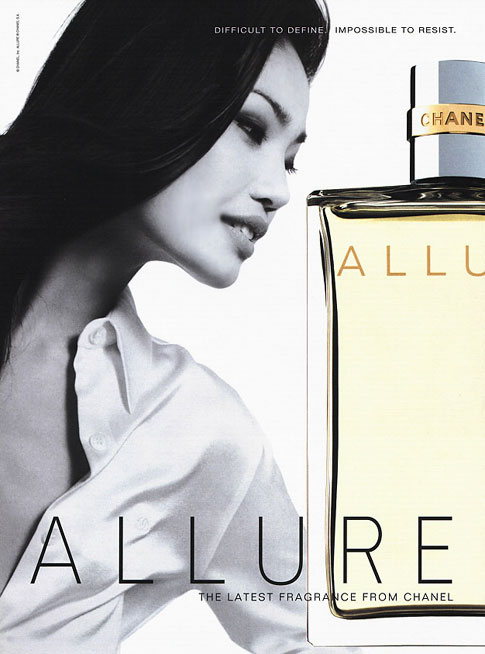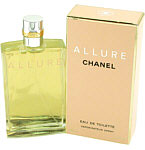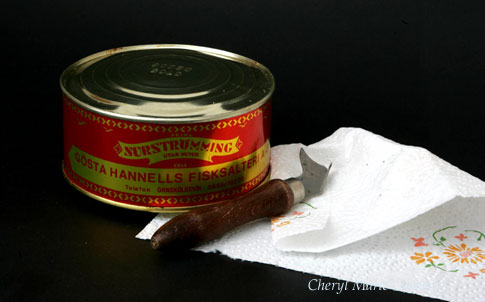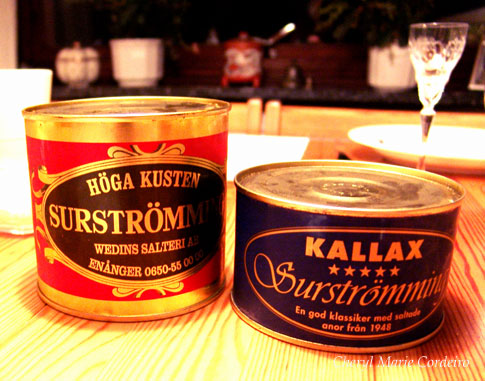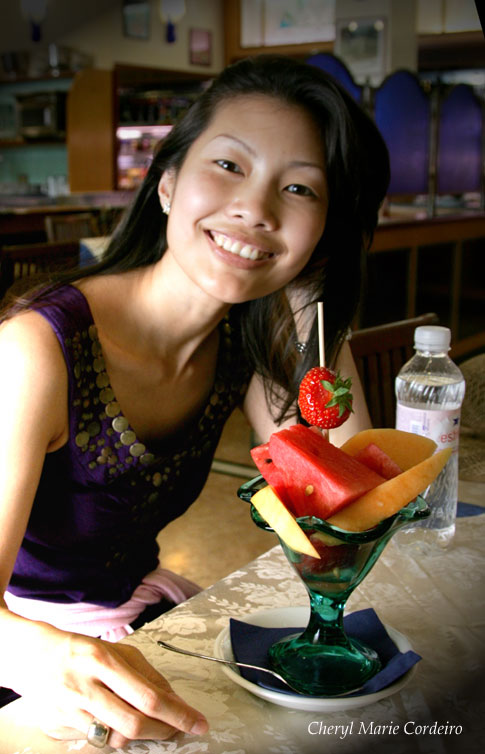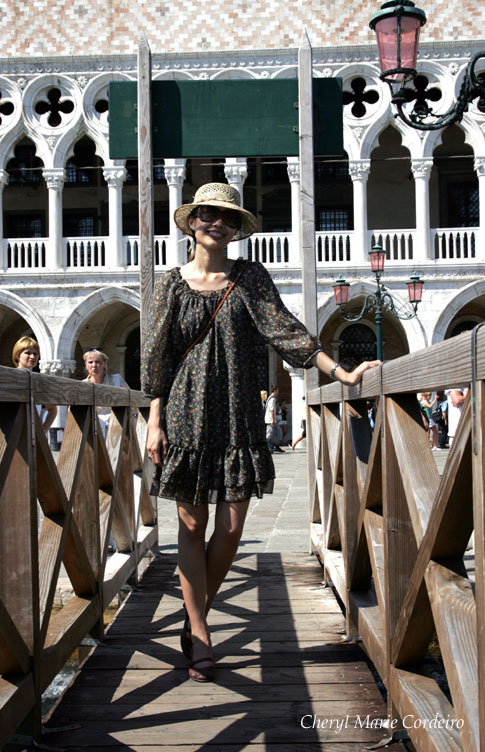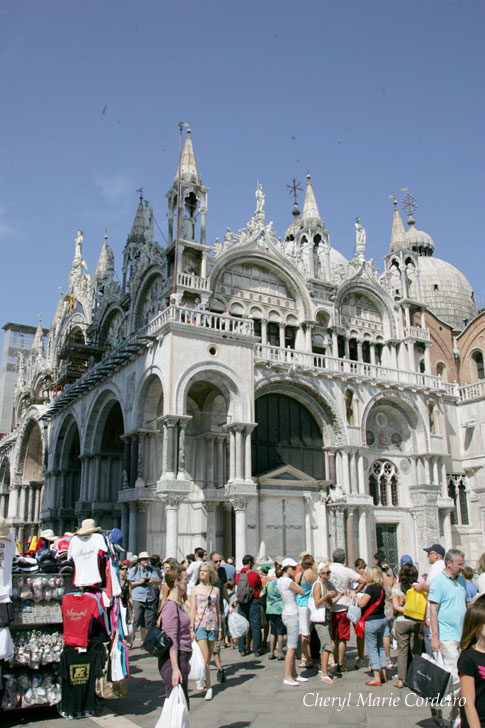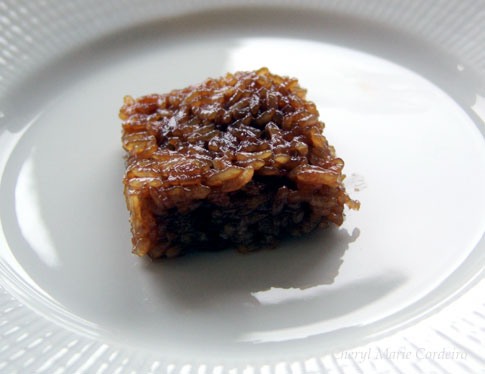
A meal served on a banana leaf at Samy’s Curry at Dempsey Road, Singapore. They serve traditional south Indian food.
The Singapore scene is one that is constantly changing. In a short span of a year, new roads and buildings have appeared, with new eating places that support the vibrant food culture of this place.
Nestled amongst lush rainforest trees along Dempsey Road is Samy’s Curry, that serves up south Indian cuisine on a banana leaf.
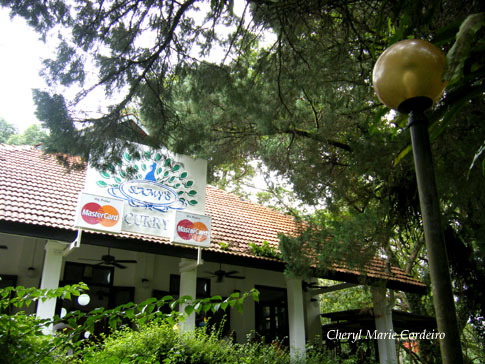
Samy’s Curry at Depmsey Road is comfortably nestled amongst a thicket of rainforest trees. The lush leaves cool the atmosphere, even on a hot tropical day.
Eating on a banana leaf was a more common sight in Singapore about twenty years ago. These days, only specific Indian eateries and restaurants serve their meal on a banana leaf, one of them being Samy’s Curry. Their waiters walk around carrying tins of spicy looking concoctions that smell as delicious as they looked! Their mission is to re-fill the banana leaves on tables that threaten to go almost empty of these side dishes.
Indian cuisine in Singapore is characterised by the use of spices such as cardamon, cinnamon, fennel, cloves and nutmeg. Coconut milk is often used in curries and plain yoghurt is also used in their cooking. Indian food can also be largely vegetarian, so one can find the most delectable vegetarian dishes in this restaurant, alongside barbequed chicken, squid and fish. Curried gourds, aubergine, ladies fingers and lentils are a staple in vegetarian dishes. Potatoes find their way into curries quite comfortably too, giving the curry a thicker texture.
Continue reading “Visiting Singapore – A banana leaf meal in the middle of the rainforest”
